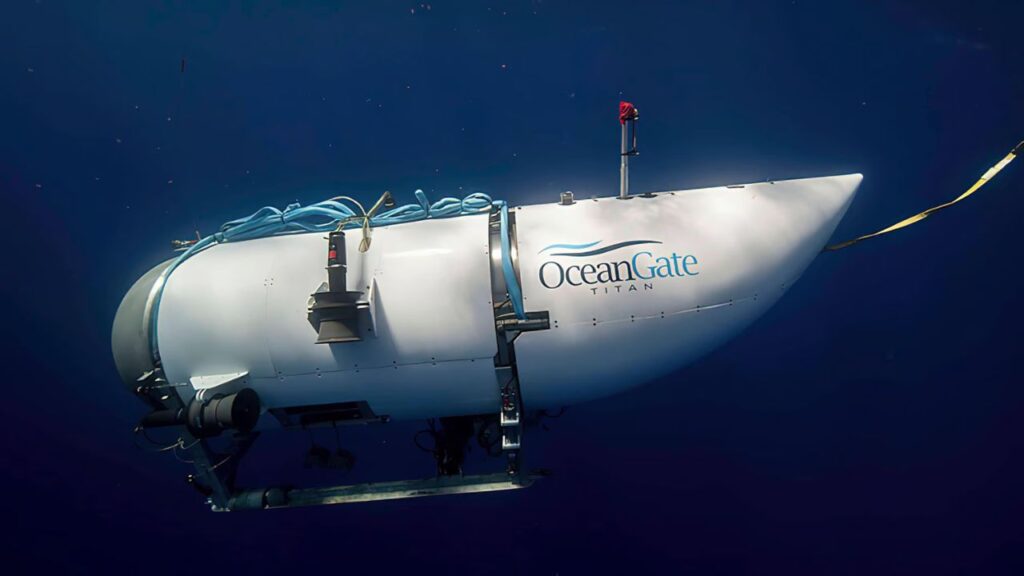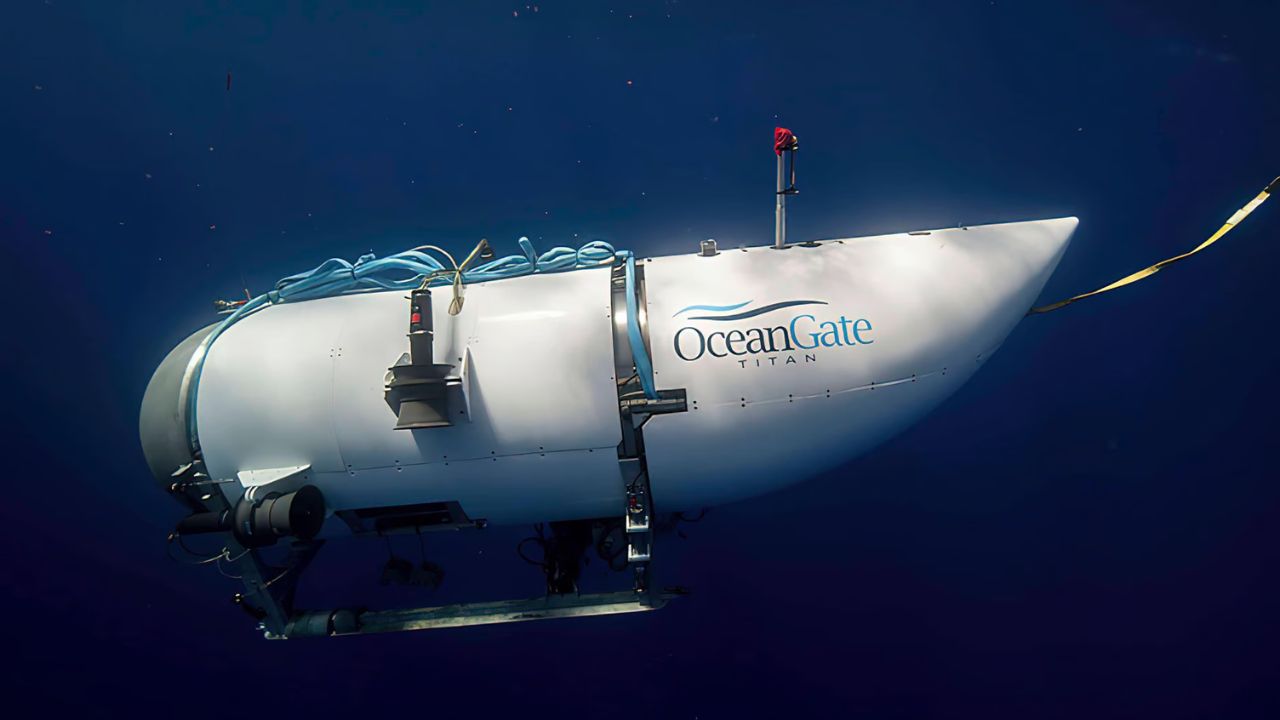The wrongful death lawsuit against OceanGate centers on the tragic Titan submersible implosion, highlighting alleged negligence and recklessness. The lawsuit, filed by the family of Paul-Henri Nargeolet, claims the company misled about the sub’s safety, using carbon fiber construction prone to failure under pressure. The case questions the use of unconventional technologies like a Bluetooth video game controller and challenges deep-sea exploration safety standards. The lawsuit seeks over $50 million in damages for the psychological terror and mental anguish experienced by the crew.
Explore the $50 million wrongful death lawsuit against OceanGate following the tragic implosion of the Titan submersible. The lawsuit, filed by Paul-Henri Nargeolet’s family, alleges negligence and misrepresentation of safety standards, raising significant questions about deep-sea exploration practices.

OceanGate Faces $50M Wrongful Death Lawsuit Over Submersible Implosion
The tragic incident involving the Titan submersible, which led to the deaths of five individuals during a deep-sea expedition to the Titanic wreckage, has culminated in a $50 million wrongful death lawsuit against OceanGate. The lawsuit, filed by the family of French diver Paul-Henri Nargeolet, alleges persistent carelessness, recklessness, and negligence on the part of the company and its founder, Richard Stockton Rush.
Background of the Incident
Paul-Henri Nargeolet, often referred to as “Mr. Titanic” due to his extensive knowledge of the Titanic shipwreck site, was among the five individuals who perished when the Titan submersible imploded during a dive in June 2023. The other victims included OceanGate founder Richard Stockton Rush, British billionaire Hamish Harding, Pakistani businessman Shahzada Dawood, and his son Sulaiman. The submersible lost contact with its support ship approximately two hours after beginning its descent, leading to a four-day search that captured worldwide attention. The wreckage was eventually found less than 1,000 feet from the bow of the Titanic.
Allegations in the Lawsuit
The lawsuit, filed in King County Superior Court in Washington, where OceanGate was headquartered, accuses the company and its founder of misleading Nargeolet about the safety of the Titan submersible. The plaintiffs assert that many details about the vessel’s flaws and shortcomings were not disclosed and were purposely concealed. Attorneys from the Buzbee Law Firm, representing Nargeolet’s estate, stated that the submersible’s construction from carbon fiber, instead of the more reliable titanium, was a critical factor in its failure.
Design and Safety Concerns
The Titan submersible was constructed from carbon fiber, a lightweight material prone to degradation under high pressure, unlike titanium, which is commonly used in modern commercial manned submersibles. The lawsuit contends that Richard Stockton Rush portrayed an acoustic safety system, designed to detect cracking noises in the carbon fiber, as an advanced feature. However, this system likely informed the crew of imminent danger without offering any effective aid. The safety mechanism was supposed to drop weights to bring the Titan back to the surface upon detecting cracks, but it failed during the dive.
Psychological Impact on the Crew
The lawsuit highlights the psychological terror and mental anguish experienced by the crew as they realized the severity of their situation. Experts agree that the crew would have been aware of the vessel’s irreversible failures as they descended, hearing the intensifying crackling noises of the carbon fiber under pressure. The family argues that this awareness of impending death added to the wrongful nature of their loved ones’ deaths.
Technological and Operational Criticisms
One of the more unconventional aspects of the Titan’s design was its control system, which used a Bluetooth Logitech video game controller instead of a hardwired system. The family criticizes this decision, pointing out that such “hip, contemporary, wireless electronics systems” were overly reliant on a constant power source. Additionally, the lawsuit describes Richard Stockton Rush as someone who flaunted convention and industry standards, portraying himself as a “maverick genius” of deep-sea diving.
Misleading Assurances and Industry Collaborations
Rush’s assurances about the safety of the Titan were allegedly based on misleading claims of collaboration with reputable organizations like Boeing and the University of Washington. While there was some involvement from these entities in an earlier project, the extent of their participation in the Titan’s design was minimal. This misrepresentation gave Nargeolet, a former French navy commander, a false sense of security regarding the project’s credibility.
Seeking Accountability and Justice
The lawsuit names multiple defendants, including OceanGate, Rush’s estate, the company’s former director of engineering Tony Nissen, and the companies involved in the Titan’s design and manufacturing: Hydrospace Group, Janicki Industries, and Electroimpact. The family is seeking over $50 million in damages and has requested a jury trial. Tony Buzbee of the Buzbee Law Firm expressed the family’s desire for answers and accountability, stating, “We are hopeful that through this lawsuit we can get answers for the family as to exactly how this happened, who all were involved, and how those involved could allow this to happen.”
Implications and Broader Impact
The wrongful death lawsuit against OceanGate not only seeks justice for Paul-Henri Nargeolet and the other victims but also raises significant questions about safety standards and transparency in the deep-sea exploration industry. The outcome of this case could have far-reaching implications for future expeditions and the regulatory framework governing such ventures.
Conclusion
The implosion of the Titan submersible was a tragic event that highlighted the risks and challenges associated with deep-sea exploration. The $50 million wrongful death lawsuit filed by Paul-Henri Nargeolet’s family against OceanGate and its associates underscores the need for stringent safety measures and honest communication about the risks involved in such endeavors. As the legal proceedings unfold, the case will likely serve as a critical examination of the practices and accountability within the industry.
Read More
